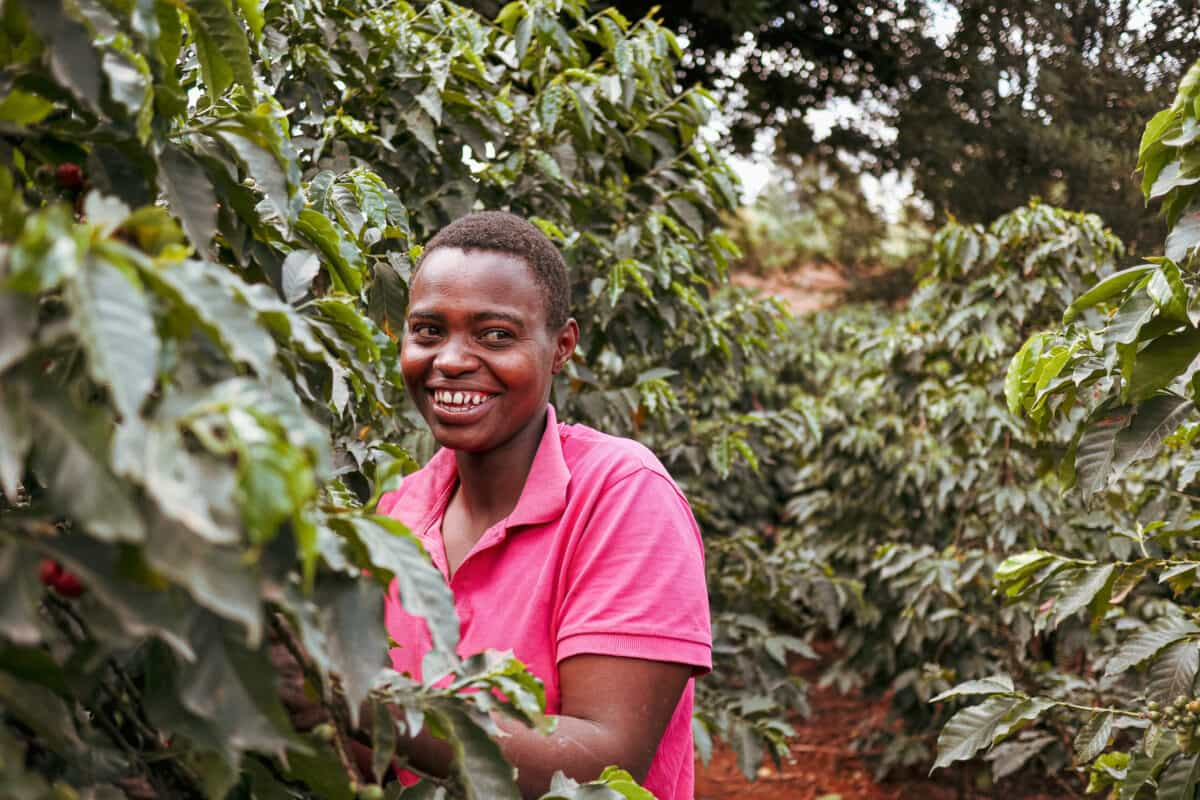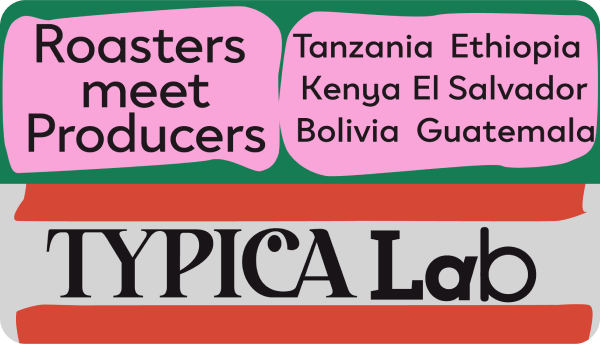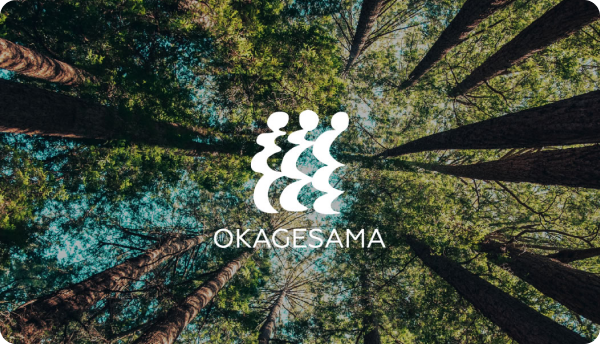
Kenya Harvest Update 2024/25

Kenya Coffee Harvest Update
We have visited our partners in Kenya as a part to monitor the harvest as well as for seeing qualities and logistics. I was very lucky to witness and experience Kenya from the center around Kirinyaga area to the west in a road trip around Kericho and found a severe contrast between the two regions.
Central Kenya and West Kenya differences
Central Kenya has seen an early harvest this year, Thanks to great weather conditions:
Central Kenya’s coffee harvest has been particularly promising this year, with long rains arriving on schedule in April, followed by short rains in June.
The consistent and abundant rainfall has contributed to an excellent crop in terms of quantity and quality, with the first picking beginning earlier than usual. Despite delayed rains in September and October causing some water retention issues, the overall impact has been positive. This year’s milling results are especially encouraging, with AA and AB grades constituting 75-80% of the parchment, indicating a higher quality crop compared to previous years, this alone shows the expectations for this harvest.

The western region of Kenya on the other hand has faced greater challenges this year due to shifting weather patterns. On our visit it was the end of harvest and typically, the area experiences two rainy seasons—November through Christmas and April to June—separated by a dry spell. However, recent years have brought increasingly unpredictable weather, with longer dry periods and sporadic rains.
The El Niño rains of late 2023 were followed by an extended dry spell in early 2024, which significantly affected the coffee harvest in the region, this has impacted coffee production in Western Kenya, particularly affecting SL28 varieties, which experienced leaf drop during crucial growth periods. Drought conditions have slowed berry ripening and reduced overall yields in the region, while the absence of leaves on coffee trees has hindered proper cherry development.
This is a lot of information but in short both regions are facing different realities, early harvest and biggest production in the center, lower productivity in the west.
Innovation in Kenya
One of the things that made me more excited during my visit was to see how more and more there is a wave of producers innovating and doing things differently from what we traditionally understand of the coffee sector in Kenya. There are innovations through experimental processes like anaerobic or even co-fermented lots, very early stages of farming single rare varietals, and streamlining from farm to milling within the same umbrella. This year, we will be able to offer some of these innovations, but stay tuned for more developments within Kenya.

Milling Operations Updates
Last year’s have had a substantial impact on coffee milling:
The revocation of licenses for many private millers has shifted responsibilities to publicly owned county mills, initially causing logistical challenges and delays. However, after talking with our partners we have seen that productivity at these mills has improved as they have adapted to the new regulations. Also, cooperatives and milling facilities have successfully adjusted to their current roles, ensuring a steady supply of high-quality coffee in the country.
After hours and hours, plus a flight from Nairobi to Kisumu, there is a clear conclusion on this year’s harvest. However, the main thing I am taking away is the incredible work and labor involved in processing these great coffees, as well as the dependency on external conditions like weather to fulfill what is, for so many producers, their only way of living.
But of course, this is not news to anybody, while Kenya’s coffee faces challenges from climate and ongoing regulatory adjustments, there are signs of adaptation, strength and creativity. Central Kenya’s positive harvest outlook contrasts with the struggles in the west, highlighting the need for specific strategies in coffee production, like innovation.
As the industry continues to navigate these changes, the focus remains on maintaining and evolving Kenya’s reputation for high-quality coffee production.
Behind the scenes; My non-coffee favorites
– I was very surprised by the entrepreneurial attitude of the people of Kenya. Everybody is incredibly welcoming in a very business-oriented way but still feels personal.
– I really enjoyed a dish called Ugali which is popular for its simplicity, affordability, and ability to provide sustenance on a meal. It is made with corn flour and boiling water until its consistency is created. It reminds me of meals from my home town, which also uses corn flour.
– Nairobi is an impressive and metropolitan city. You feel that there is nothing you cannot find there, and even though you can see the contrast between the expansion of the city and rural areas, the city surprised me.
– Even though Nairobi was impressive, the area that surprised me most with its beauty was Kericho, in the west side of Kenya. During the road trip, you see an endless expanse of tea fields and coffee farms, a very green scenery with hills and abundant beauty. It was definitely the area where we took the most photos of the landscape during our trip.








